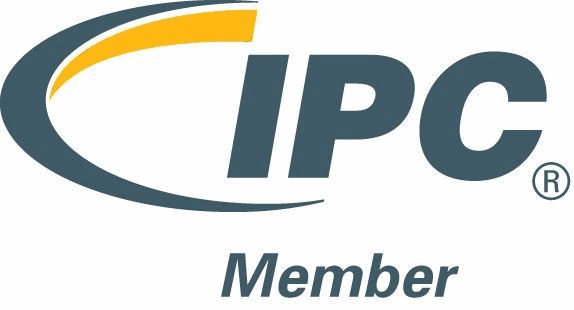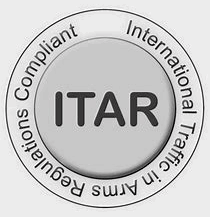The measure of a PCB assembly company is partially dependent on their ability to rework components - this article covers the process of reworking SMT connectors, specifically. This task is uniquely challenging due to many components having high density features and tight spacing tolerances. Furthermore, assemblers must be experienced in reworking different types of SMT connector projects, including everything from parallel Board-To-Board assemblies to cable-to-board projects. While reworking SMT connector configurations is difficult, this process is by no means impossible. Read further to better understand how high-quality manufacturers and assembly providers meet their customers’ needs for SMT connector reworking.
Reworking SMT Connectors Connected to a Grounded Plane
Before the SMT connector rework process can begin, the assembly team must verify whether or not the components are adjoined to a grounded plane. This piece of information affects the following SMT rework process significantly, as it directly impacts the amount of heat that must be applied to the assembly. Typically, larger grounded planes will require a greater amount of heat during the rework process.
Using Heat During the Rework Process for SMT Connectors
Heat is necessary during SMT rework projects because it is necessary for the solder paste to re-liquify for full profile removals. Because of this, printed circuit board bases must be heated to at least 125–150°C, not taking into account the additional heat required for grounded planes and unique SMT components. There are two methods that can be implemented to heat reworked boards properly: infrared heat and forced air convection. After solder liquidation, the removal process begins and components can be removed from their base.
Challenging SMT Components to Rework
While the entire SMT rework process may be challenging for less qualified PCB assembly companies, there are certain SMT components that are particularly formidable for even the most qualified SMT reworking experts. These components include plastic connectors, ceramic capacitors, LEDs, glass bodied fuses, among others. Fortunately, these difficult components are not impossible to assemble, they simply require higher levels of attention during the SMT rework process.
Cleaning, Reapplying Solder, and Making Final Inspections
After the heating process, solder paste is thoroughly cleaned from the assembly base and pads are checked by inspectors to verify that the rework process has not caused any damage. Once the original assembly has been reworked to remove all solder and any attached components, solder paste can be redistributed to the board to affix new connectors to the printed circuit board. Finally, once the rework process is complete and the assembly is fully cooled, the board is ready to be visually inspected to ensure the final product demonstrates the high-quality standards customers should expect from their PCB assembly partners.




